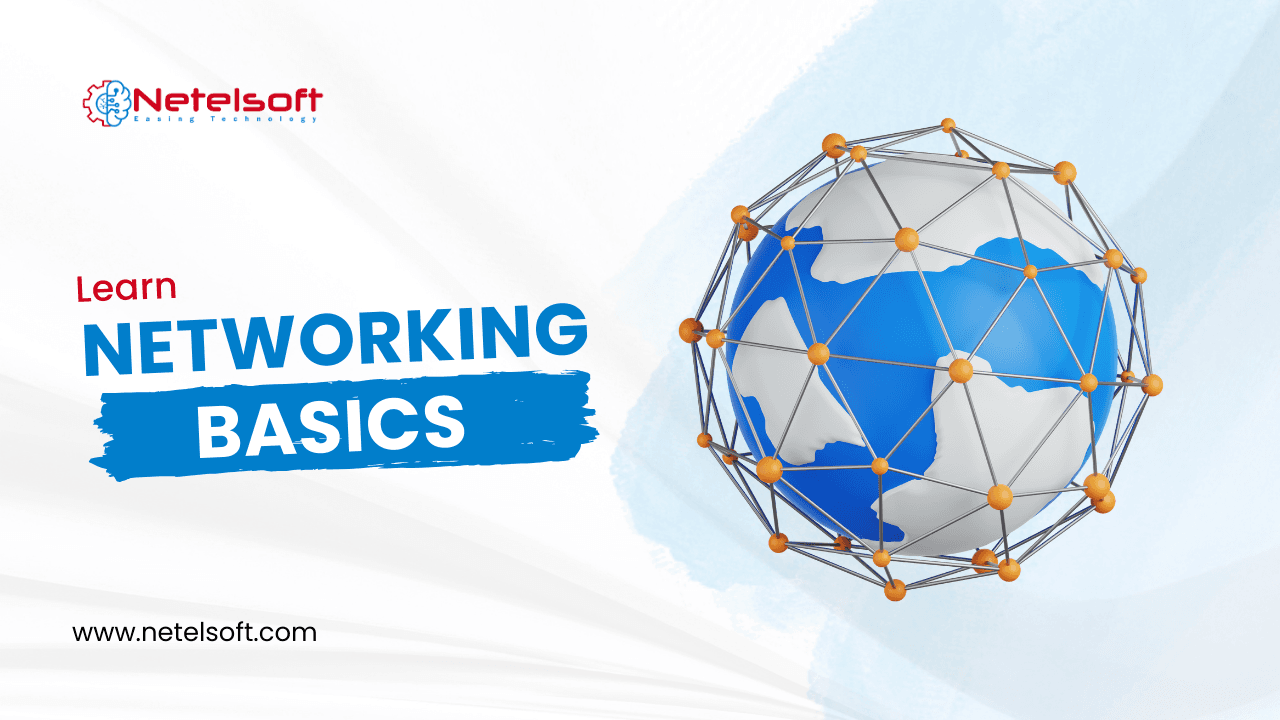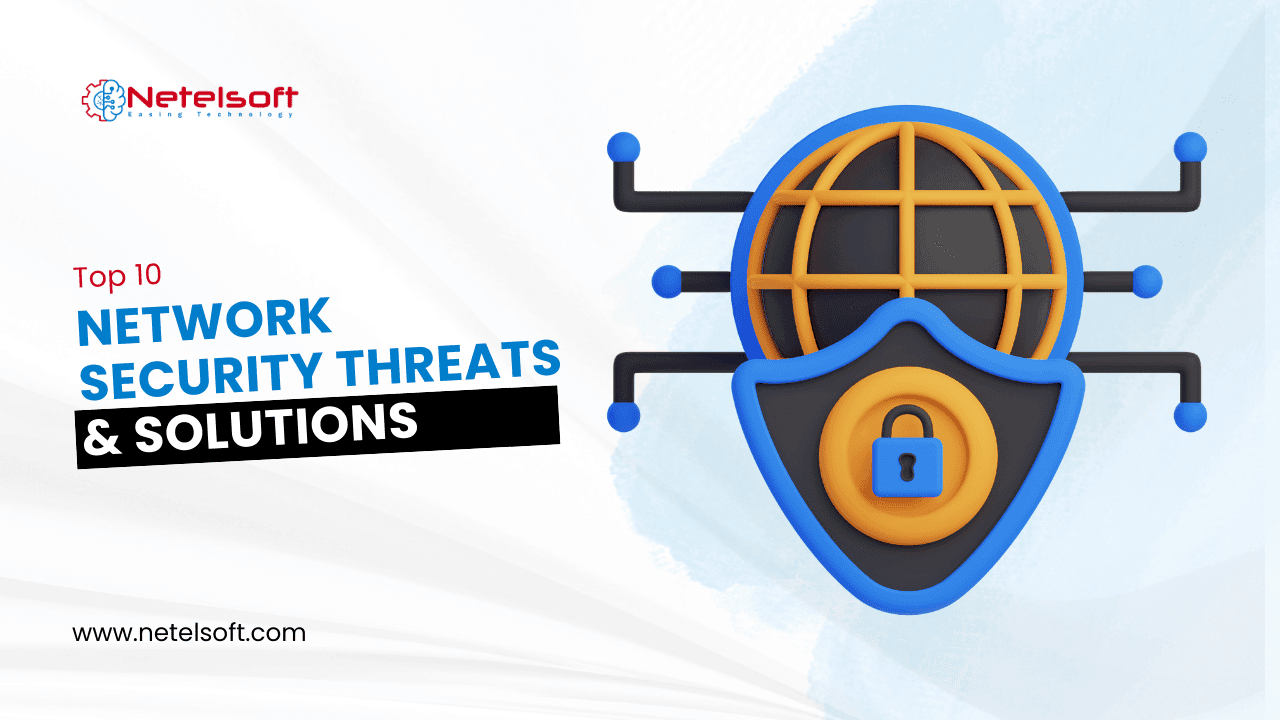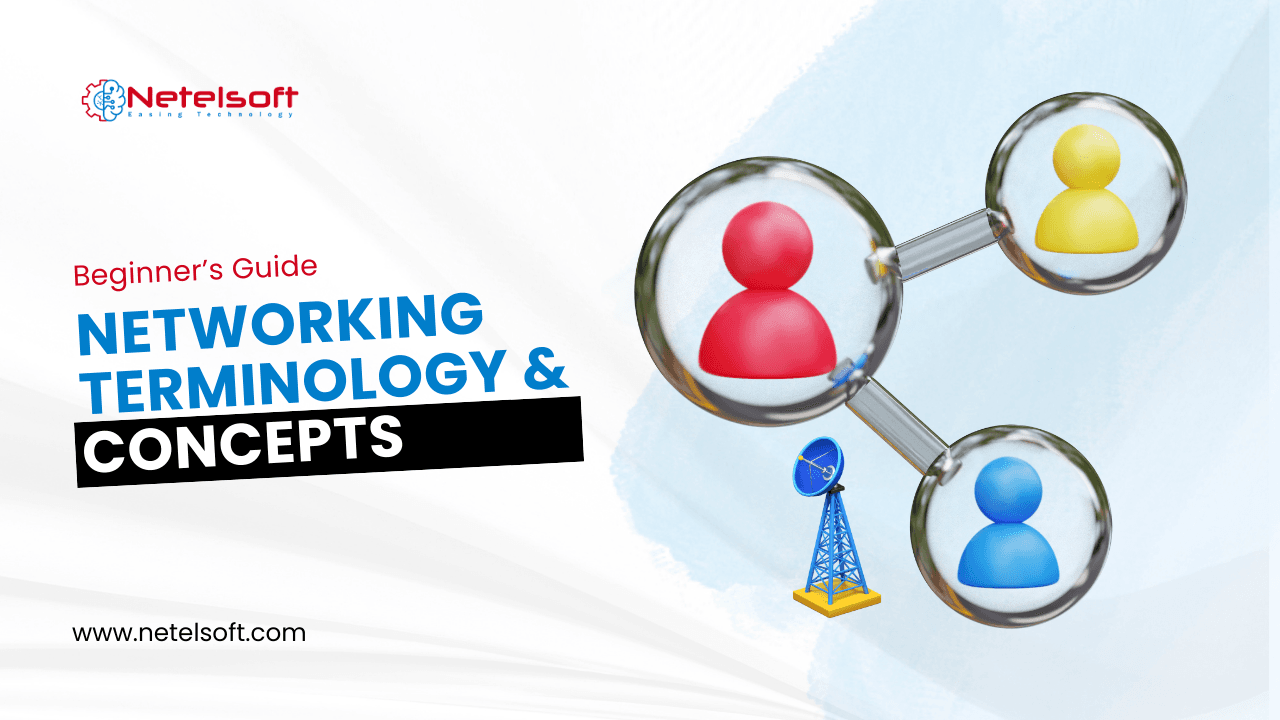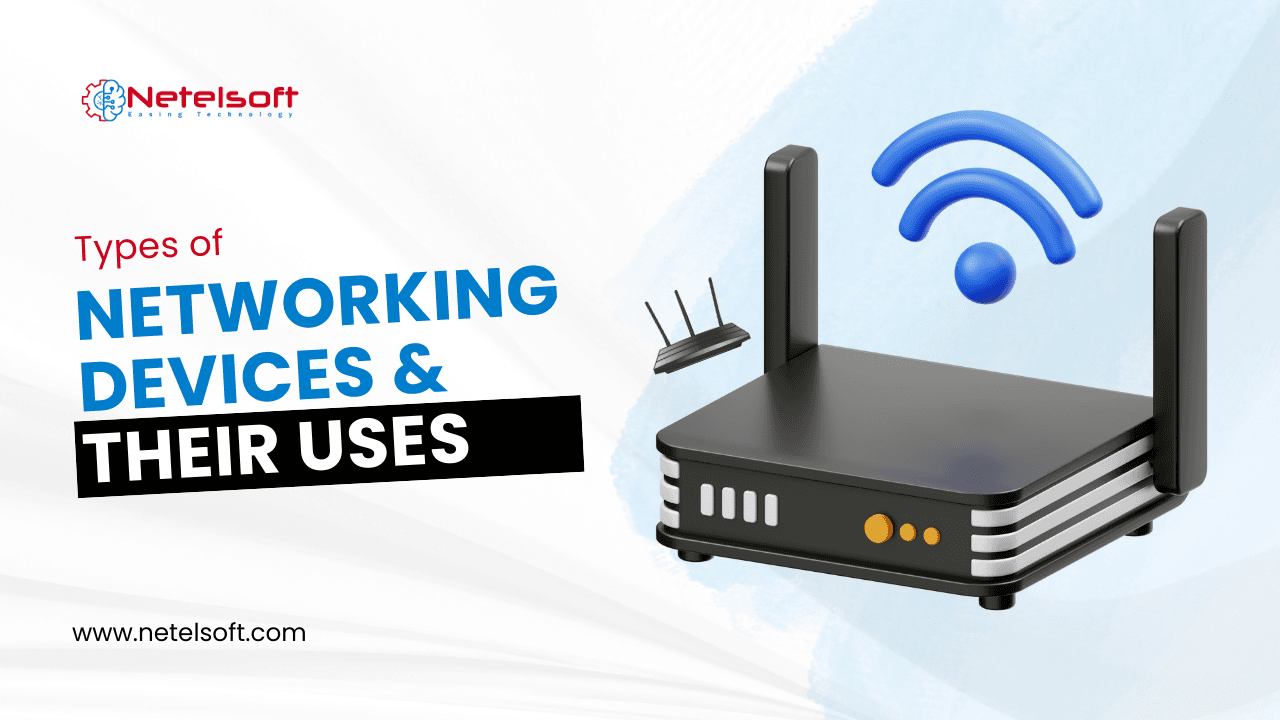In today’s digital era, networking basics are the backbone of every connected system. Whether it’s protecting business applications, mobile app development platforms, or advanced technologies & design solutions, networks form the invisible highway that keeps everything running. For cybersecurity enthusiasts, mastering these fundamentals is not optional; it’s essential.
Understanding how devices connect, communicate, and share data lays the groundwork for identifying vulnerabilities and securing systems. From IP addresses to firewalls, each concept builds toward a strong cyber defense.
In this guide, we’ll explore the most critical networking basics every aspiring security professional must learn.
Key Takeaways
- Networking basics form the foundation of cybersecurity.
- The OSI model is crucial for understanding and mitigating threats.
- IP addressing, subnetting, and protocols are core skills.
- Firewalls, VPNs, and IDS/IPS systems are key defense tools.
- Networking knowledge applies across cloud, web, mobile, and enterprise security.
Why Networking Basics Matter in Cybersecurity
Networking knowledge enables professionals to detect threats, analyze traffic, and protect sensitive data. Cyberattacks often exploit weaknesses in poorly configured networks, making it crucial for cybersecurity learners to know how networks function at the core.
- Threat detection: Recognizing unusual patterns in traffic relies on understanding normal network behavior.
- Incident response: Mitigation strategies depend on knowing how data travels across routers, switches, and firewalls.
- System design: Secure architecture integrates both networking and cybersecurity principles.
According to Cisco’s Cybersecurity Report, 70% of successful cyberattacks target network-level vulnerabilities. This highlights why networking basics must be the first step for cybersecurity learners.
The OSI Model: A Blueprint for Networking
The OSI (Open Systems Interconnection) model is a layered framework that explains how information flows in a network. It’s essential for diagnosing issues and understanding vulnerabilities.
The Seven Layers of the OSI Model
- Physical Layer – Cables, switches, routers.
- Data Link Layer – MAC addresses, switches.
- Network Layer – IP addressing, routing.
- Transport Layer – TCP/UDP protocols.
- Session Layer – Communication management.
- Presentation Layer – Data encryption, formatting.
- Application Layer – User-facing services like email and web apps.
Cybersecurity relevance: Attackers often exploit specific layers, such as application-layer attacks (SQL injection, XSS) or network-layer attacks (DDoS). Mastering OSI helps pinpoint where threats occur.
IP Addressing and Subnetting Essentials
Every device in a network has an IP address, and understanding them is critical for network defense strategies.
Key Concepts in IP Addressing
- IPv4 vs IPv6: IPv4 uses 32-bit addresses, IPv6 uses 128-bit addresses for more scalability.
- Subnetting: Dividing a network into smaller segments for efficiency and security.
- CIDR (Classless Inter-Domain Routing): Simplifies routing and enhances flexibility.
Example: A cybersecurity analyst investigating unusual activity must track IP addresses to determine the source of an intrusion. Without subnetting knowledge, tracing and isolating malicious devices becomes nearly impossible.
(Source: Internet Assigned Numbers Authority – IANA, 2024)
Common Networking Devices and Their Security Roles
Networking devices form the foundation of connectivity, but they are also frequent targets for attackers.
Key Devices
- Router: Directs data between networks; can be exploited if not patched.
- Switch: Connects devices within a local network; VLANs enhance security.
- Firewall: Blocks or permits traffic based on rules; first line of defense.
- Access Points: Enable wireless connectivity; require WPA3 for secure Wi-Fi.
Securing these devices is as important as configuring them. Cybersecurity professionals must constantly update firmware and implement strong authentication measures.
(Source: NIST Cybersecurity Framework, 2024)
Protocols Every Cybersecurity Enthusiast Must Know
Protocols define how data moves through a network. Misconfigured or unencrypted protocols often create cybersecurity risks.
Essential Protocols
- TCP/IP: Core communication standard.
- HTTP/HTTPS: Web data transfer, HTTPS secures traffic with SSL/TLS.
- DNS: Converts domain names to IPs; attackers use DNS poisoning to redirect users.
- SMTP/IMAP/POP3: Email communication; common phishing targets.
- FTP/SFTP: File transfer, SFTP ensures encrypted transmission.
Example: A DNS spoofing attack can reroute users to malicious websites. Understanding how DNS works allows analysts to detect and prevent such attacks.
Firewalls, VPNs, and Intrusion Detection
Security controls rely heavily on network security basics.
Firewalls
- Packet-filtering firewalls.
- Stateful inspection firewalls.
- Next-Gen firewalls with deep packet inspection.
VPNs (Virtual Private Networks)
Encrypt traffic between devices, essential for secure remote access.
IDS/IPS (Intrusion Detection & Prevention Systems)
Monitor network traffic for suspicious patterns, preventing breaches before they escalate.
Applying Networking Basics to Real-World Cybersecurity
Networking knowledge directly supports cybersecurity practices in fields like:
- Web App Development & Mobile App Development: Secure data transmission between users and servers.
- Cloud Application & DevOps: Protecting virtual networks in cloud environments.
- CMS Development: Ensuring content management systems don’t expose unprotected ports.
- Blockchain Development: Safe peer-to-peer communication.
- CRM (Customer Relationship Management): Protecting sensitive customer data in enterprise networks.
- Software Testing & QA: Validating secure configurations before launch.
- Business Solutions & IT Services: Building scalable, secure enterprise networks.
- Maintenance & Support: Keeping systems patched against evolving threats.
Networking basics fuel every one of these advanced fields. Without a strong foundation, even the most innovative cybersecurity solutions remain vulnerable.
Conclusion
Cybersecurity is built on a strong understanding of networking basics. From the OSI model to firewalls and VPNs, each concept helps enthusiasts detect threats, design defenses, and secure modern technologies. Whether you’re exploring cloud applications, CRM systems, or blockchain development, networking knowledge is the thread connecting it all.
If you’re serious about advancing in cybersecurity, start with the fundamentals, because networks are where most attacks begin, and where strong defenses must be built.
FAQs
They help identify vulnerabilities, monitor traffic, and implement defenses effectively.
A seven-layer framework explaining how data moves across networks.
It isolates network segments, limiting attacker movement.
TCP/IP, HTTPS, DNS, SMTP, and SFTP are crucial.
They encrypt communication, protecting users from eavesdropping.
Routers, switches, firewalls, and access points.
Yes, virtual networks in cloud platforms still rely on traditional networking concepts.




